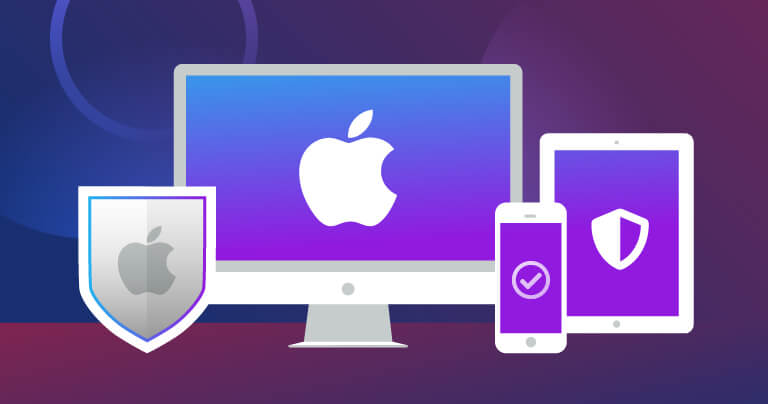


Malware damage can often go unseen as these malicious programs operate in the background of your system and expose you to more attacks that could copy, steal, or delete data currently stored on your device.

Viruses and malware can cause serious damage to your Mac, which is why macOS includes built-in tools to verify the software you install comes from a reliable source. Malware authors have frequently found and exploited weaknesses, such as using obscure file formats or large file sizes that the sandbox can’t process, leaving Mac users at risk of infection.If you’re on a Windows 10 computer, learn how you can check for viruses here.Ī guide to virus scanning and removal on your Mac. While sandboxing adds another layer of security for Macs, not even the App Store nor sandboxed apps are 100% safe, as highlighted by the attack on the Chinese version of the App Store by the XCodeGhost Virus. XProtect defends Macs against various types of malware, by scanning downloaded files for signs of infection, but it needs to be regularly updated to recognize new or emerging threats - and it won’t help you if you unwittingly land on an infected or unsafe website.Ī digital certificate is always seen as proof of a file’s security and a surefire sign that the file contains no malicious code, but cybercriminals can still plant malicious code at the file completion stage, exploit security gaps to sign their malicious files with valid digital certificates, and more. The macOS, or Mac OS X system, has existed for 40 years in various forms - it’s robust, and because of its regular updates, malware developers find it hard to keep up with the changes and write viruses that will successfully infect the Mac operating system.Īpple's basic malware detection is built directly into its Mac OS X operating system.


 0 kommentar(er)
0 kommentar(er)
